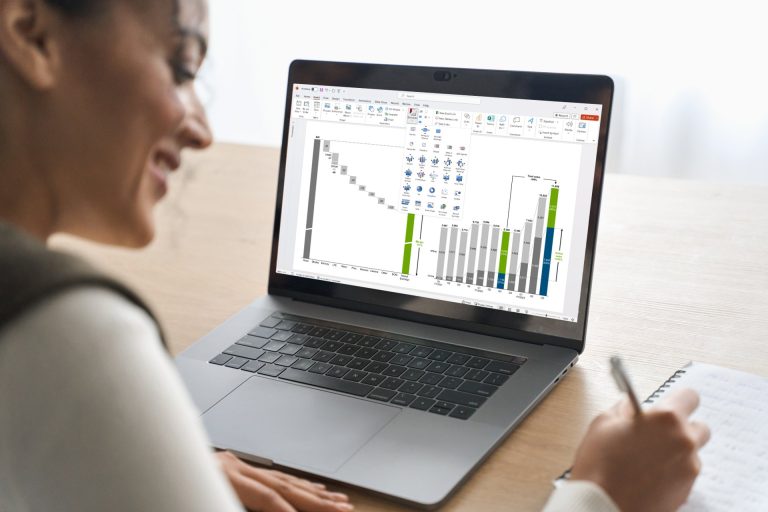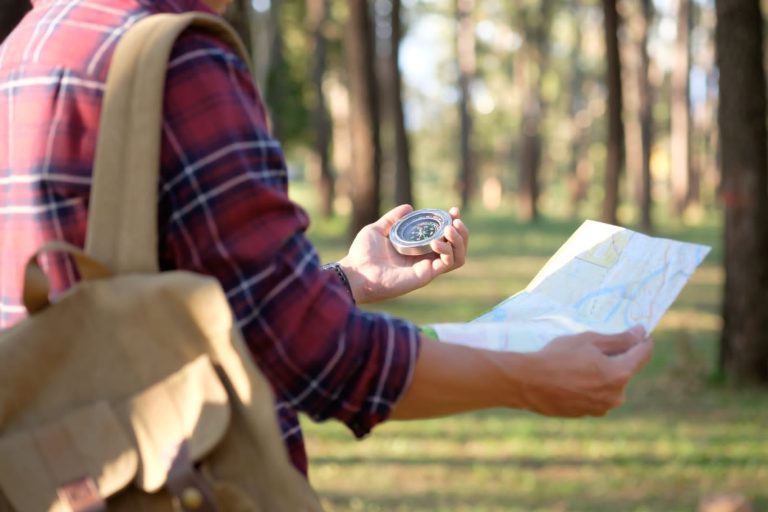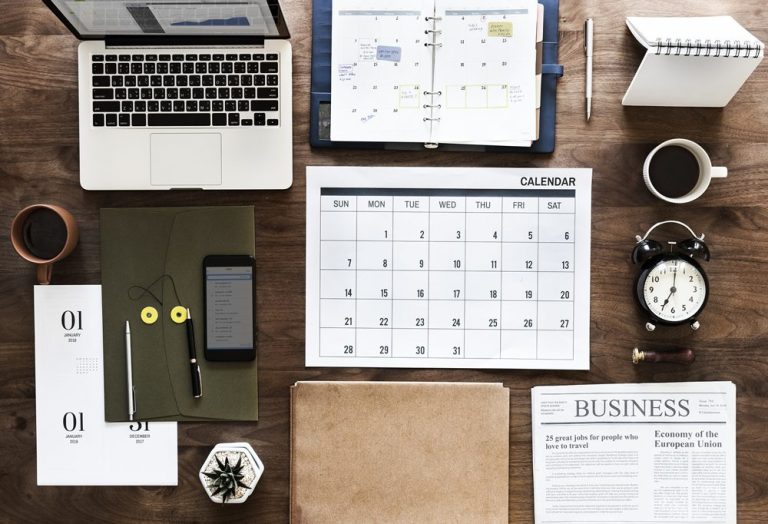The Art of Contouring: Highlighting High and Low Cheekbones
Contouring has transformed makeup application by enhancing our natural beauty. It involves using light and dark makeup to highlight our best features while creating shadows to downplay others. Low vs high cheekbones play a crucial role in this technique, as they help shape a balanced and attractive face.What is Contouring?
What is Contouring?
Contouring is a makeup technique that helps define and enhance the shape of your face. By using different shades of bronzer, foundation, or contour products, you can create the look of shadows and light. This makes your bone structure stand out and gives your face more depth.
Importance of Cheekbones in Facial Aesthetics
Cheekbones play a big role in how we see a person’s face. High cheekbones are often seen as a sign of beauty and youth. According to a survey, many people think that having defined cheekbones makes a face look more attractive. With social media and famous makeup trends, learning to contour has become a popular skill that many people use in their everyday makeup routines.
Understanding Cheekbone Anatomy
What Are High Cheekbones?
High cheekbones are the bones in your face that are closer to your eyes and temples. They give your face a natural lift and make it look more defined. People with high cheekbones often have a strong facial structure, which is great for contouring because the natural shadows can make the contouring look even better.
Advantages of High Cheekbones in Contouring
- It’s easier to highlight and contour high cheekbones because they stand out more.
- High cheekbones create a nicely sculpted look with less effort.
Research shows that many people prefer the look of high cheekbones in portraits, as they can make a face appear more attractive and balanced.
What Are Low Cheekbones?
Low cheekbones are located closer to the bottom of the nose and ears, which makes the face look flatter. Unlike high cheekbones, which create natural shadows, low cheekbones might need makeup to make them stand out.
Challenges and Techniques for Enhancing Low Cheekbones
- You need to be very careful with makeup to make low cheekbones look better.
- Using makeup techniques can help give the appearance of higher cheekbones, making the face look more defined.
The Role of Cheekbones in Overall Facial Symmetry
Cheekbones that are balanced on both sides of the face help create a pleasing look. Studies show that people often find symmetrical faces more attractive. By using contouring makeup, it’s possible to make low cheekbones look more like high cheekbones, which can help balance the overall look of the face. For more tips and techniques, check out Quirkburst.com!
Tools of the Trade: Must-Have Contouring Products
Contour Products
Powders vs. Creams
- Powders are great for people with oily skin. About 50% of people say they prefer powders because they help keep shine away and are easy to blend.
- Creams are better for dry skin, giving a shiny look. They are often used for a more dramatic style and can be perfect for special occasions.
Selecting the Right Shades
Choosing the right color for contouring is very important. It’s best to pick a product that is one or two shades darker than your skin. This helps create a shadow effect that looks natural.
Highlighting Products
Choosing the Ideal Highlighter
- For fair skin, light colors like pearl or icy shades work best.
- People with medium skin tones should choose champagne or rose gold.
- Dark skin tones look great with bronze or copper highlights.
Types of Highlighters
- Powder highlighters are popular and can be used by everyone, regardless of skin type.
- Cream highlighters give a natural glow and are easy to apply.
- Liquid highlighters offer a light finish and are great for layering on top of other makeup.
Using the right contouring and highlighting products can help enhance your features and make your makeup look amazing!
Brushes and Applicators
Types of Contour Brushes
- Angled brushes: These brushes have slanted edges, making them perfect for applying makeup in specific areas. They are often about 1-2 inches wide.
- Flat top brushes: These brushes have a flat surface and are used to blend makeup over larger areas of the face. They can be around 2-3 inches wide.
Blending Tools
Sponges and beauty blenders are important for making makeup look smooth. Studies show that using a damp sponge can help reduce visible lines and make the makeup look more natural. Using the right tools can make a big difference in how makeup looks!
Getting Your Skin Ready for Contouring
Why Skincare Matters Before Makeup
Taking care of your skin helps your makeup look better and last longer. Studies show that hydrated skin can help makeup stay on up to 12 hours!
Choosing the Right Foundation
Pick a foundation that matches your skin color. Using the right shade can make your skin look smooth and natural. Remember, using too much foundation can make your contour look too heavy, so try to use just a little bit for the best results.
Contouring Techniques for High Cheekbones
Defining the Natural Contours
To contour high cheekbones, draw a line from the top of your ear to the corner of your mouth. Put contour just below the cheekbone. This helps show off its natural lift.
Highlighting for Emphasis
Use a highlighter on the top parts of your cheekbones to make them stand out more. Blend it well so it looks natural. Studies show that using highlighter can make your skin appear brighter and healthier.
Avoiding Common Mistakes
It’s important to keep it subtle; using too dark of a contour can make the look seem unnatural. Many people find that a light shade is best for everyday wear.
Contouring Techniques for Low Cheekbones
Creating the Illusion of High Cheekbones
To make your cheekbones look higher, put contour makeup slightly above where your cheekbones are. Studies show that using a darker shade can create depth and lift your facial features.
Highlighting Low Cheekbones
To make low cheekbones stand out, use a highlighter. Apply it at the top edge of your cheekbones and blend it upwards. According to beauty experts, this technique can help draw attention to your cheeks.
Avoiding Common Mistakes
It’s important to blend your makeup well to keep it looking natural. Research indicates that not blending enough can lead to visible lines, which can look unflattering. Remember, blending helps your makeup look smooth and seamless!
Contouring Based on Face Shapes
Contouring for Round Faces
To make round faces look longer, put darker makeup on the sides of the face and lighter makeup on the cheekbones. This helps define the shape.
Contouring for Oval Faces
For oval faces, apply darker makeup under the cheekbones and lighter makeup on the top to enhance the natural shape of the face.
Contouring for Heart-Shaped Faces
To balance a wider forehead, use dark makeup on the sides of the forehead and light makeup on the cheekbones. This creates a more even appearance.
Contouring for Square Faces
For square faces, soften the jawline by using darker makeup along the jaw and highlight the cheekbones to make the face look more rounded and harmonious.
Using makeup this way can help improve your appearance and boost your confidence!
Highlighting Cheekbones for Different Skin Tones
Fair Skin
For fair skin, use light colors like soft pink or cool beige to contour. A pearly highlight helps to make the cheekbones pop without looking too harsh.
Medium and Olive Skin
If you have medium or olive skin, warmer colors like taupe or light brown work best for contouring. Golden highlighters can really brighten up your cheeks and look great.
Dark Skin
For dark skin, choose deep shades like chocolate brown for contouring. Adding bronzy highlights gives a beautiful and glowing look to your cheekbones.
Contouring for Day vs. Night Looks
Daytime Contouring
For daytime, you should use light contouring. Studies show that using just a little contour can make your face look fresh without looking too heavy. A natural highlighter can help brighten your features.
Evening/Party Contouring
At night or for parties, you can use more contour to create a bolder look. Research indicates that using stronger highlights and some shimmer can make your makeup stand out more in low light, giving you a glamorous appearance.
Celebrity and Makeup Artist Tips for Contouring
Techniques Used by Makeup Professionals
To get great contouring, remember to blend, blend, blend! Professional makeup artists say this is the most important step for a smooth finish.
Celebrity Cheekbones
Celebrities like Kim Kardashian and Bella Hadid are famous for their cheekbones that look amazing. They inspire many people who want to learn how to contour.
Common Contouring Mistakes and How to Avoid Them
Overdoing It
One common mistake is applying too much makeup. Be sure to blend well so that your makeup looks natural and there are no clear lines.
Misplaced Highlight
When you add highlights, put them on the highest parts of your cheekbones. Blending them well will give you the best look.
Incorrect Product Choice
It’s important to choose makeup products that match your skin type and color. This will help your makeup look its best.
How to Maintain Contoured Makeup Throughout the Day
Setting Makeup for Long-Lasting Wear
To keep your makeup from fading, use a setting spray or translucent powder. This helps it stay in place all day.
Touch-Up Tips
Keep a small contour kit with you for quick touch-ups. This way, you can easily refresh your look whenever you need to.
Conclusion
Contouring is a way to highlight your natural beauty and unique features. With some practice, you can learn how to contour and feel great in any situation. Remember, makeup is about expressing yourself—enjoy the journey and have fun with it!






